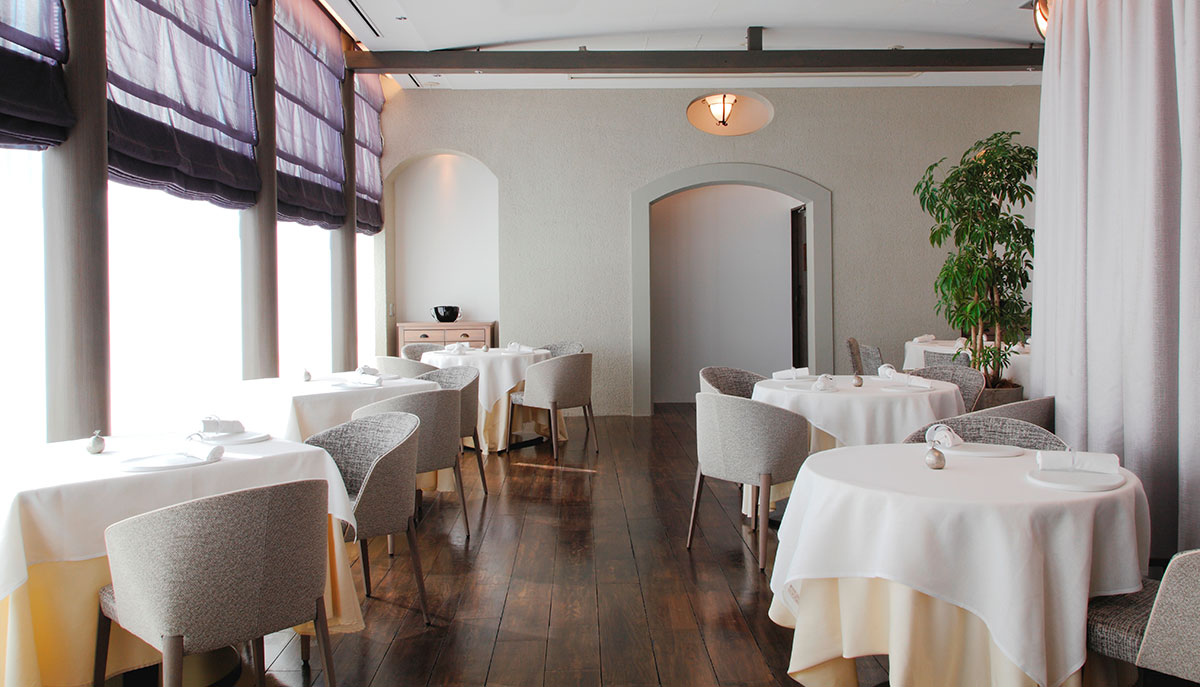
We have a strange relationship with ingredients.
We often get them to say very poetic things, but do we ask ourselves if they agree? How can we be certain that what we say in their place is correct?
That’s the problem with silent things, you have to guess what they wish,what they’re thinking, and often you’re wrong.
I’m the first to make this uncourteous mistake, as I’m always trying to imagine their language, if they could complain, I’d have a hard time of it in my opinion..
To make sure we don’t get it wrong, perhaps we should first and only concentrate on their body, I mean their texture.
Because the texture of an ingredient is the primary evidence of its existence, before its taste or its scent, it exists because it has a body.
Apart from ghosts and wind, that which has no body does not exist.
We should rely on its structure of atoms, understand and sublimate its composition, and find partners for « bodily expression ». This seems to me to be a sufficient approach for preparing a dish.
The maitake and the Hokkigaï make a sensational pair of dancers.
Wild Maitake from Yamagata forest
Hokkigai from Hokkaido coast
Fermented mushrooms broth
A paste made with clams sucs, black garlic, aged miso, celery leaves, fermented oignon
Lionel Beccat
